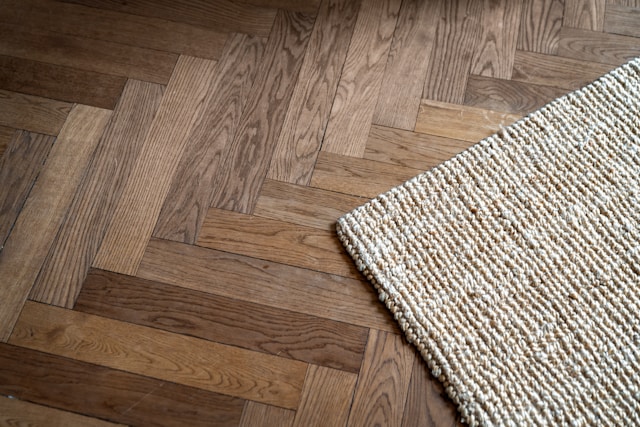It is worth pointing out that wood floor redecorating Vancouver has brought a distinction to…
What you can do with hardwood floor refinishing?
Hardwood floor redecorating bestows numerous benefits. Residential houses as well as some offices utilize wood…
Ceramic tiles floor vs hardwood floor
Both ceramic floor tile floor as well as the hardwood flooring are popular among property…
Hardwood floor liquidators – the key for low-budget floor make-over
The majority of people would resort for a low-budget but quality make-over. The majority of…
Save your floor with floor stripping and floor waxing
Having a story for a long stretch without proper consideration can cause your floors looking…
Wood floor sanding london
A British individual’s home is their castle! Thinking about how much of our lives we…
